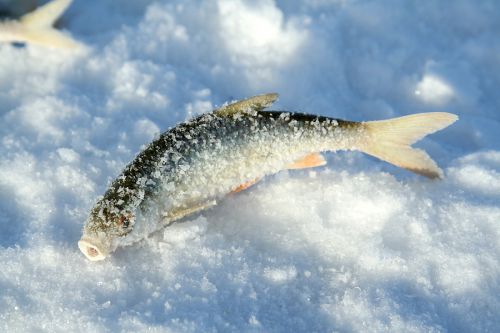With the heat of summer upon us, it’s a good time to reflect on Food Safety not just for consumers but also for industrial refrigeration. Industrial refrigeration has a direct impact on food safety in all sectors of the community.
There was time when food had to be consumed immediately or pickled to eliminate the risk of sickness or even death.
The need to make our food last longer can be traced back to even before Biblical times. Long before the Industrial Revolution, we saw a need to find a method of refrigerating our food to maintain our health.
Although the refrigerator as we know it has only been around 150 years, food safety has been a necessity that has brought us all together over the centuries in an effort to add longevity to the literal fruits of our labour.
Hunting and gathering was only the beginning for early man. He had to find and prepare food in order to keep his body going to be able to have the energy to do it all over again just to survive. It was an endless circle of gathering, preparing, eating, gathering, preparing eating.

In the Pre-Refrigeration Era many methods were used to keep foods colder. Not all efficient or convenient. It was quickly learned that spoiled food would make you sick. Because of this, early man turned to nearby cold streams to store wrapped food, burial in cooler earth to ensure that meats and fish would last and the burial of meats and fish in packed in snow helped to store foods for leaner hunting and gathering times.
In ancient times, like today, grains were stood in silos to keep them cool and dry and last into non-harvest months or longer.
Ancient Rome was the first recognized society to focus on the freshness of food and fruits. What couldn’t be kept fresh was often salted such as meat and fish. The salting process would dry out the food eliminating moisture, thus eliminating germs.
Since food burial also kept some things cooler, the fruit or root cellar of a hundred years ago was a natural means of storing fruit, veggies, jams, jellies, pickles and other foods for another season.
Travel has also created a necessity to store food. In the early 1800s Napoleon Bonaparte bent on gaining territory and power offered a reward to anyone that could devise a way to keep the food he sent for his armies from spoiling . The solution was a simple one. Jars with lids. The method was to boil the food until it was cooked and then place it in the jars for transport. An early version of our canning but it did the trick by killing germs that may have been in the food.
It wasn’t until the 1600’s that scientists were able to determine that germs were a source of illness. Maggots (fly larvae) were the first indication that life can come from other life and caused death.
Moving ahead to the 1860s we find Louis pasteur concentrating on pasteurization and fermentation which has had a huge impact on the not only the medical world but also on food safety.
Part Two of our Food Safety Series will look at making food safer by keeping it colder longer.